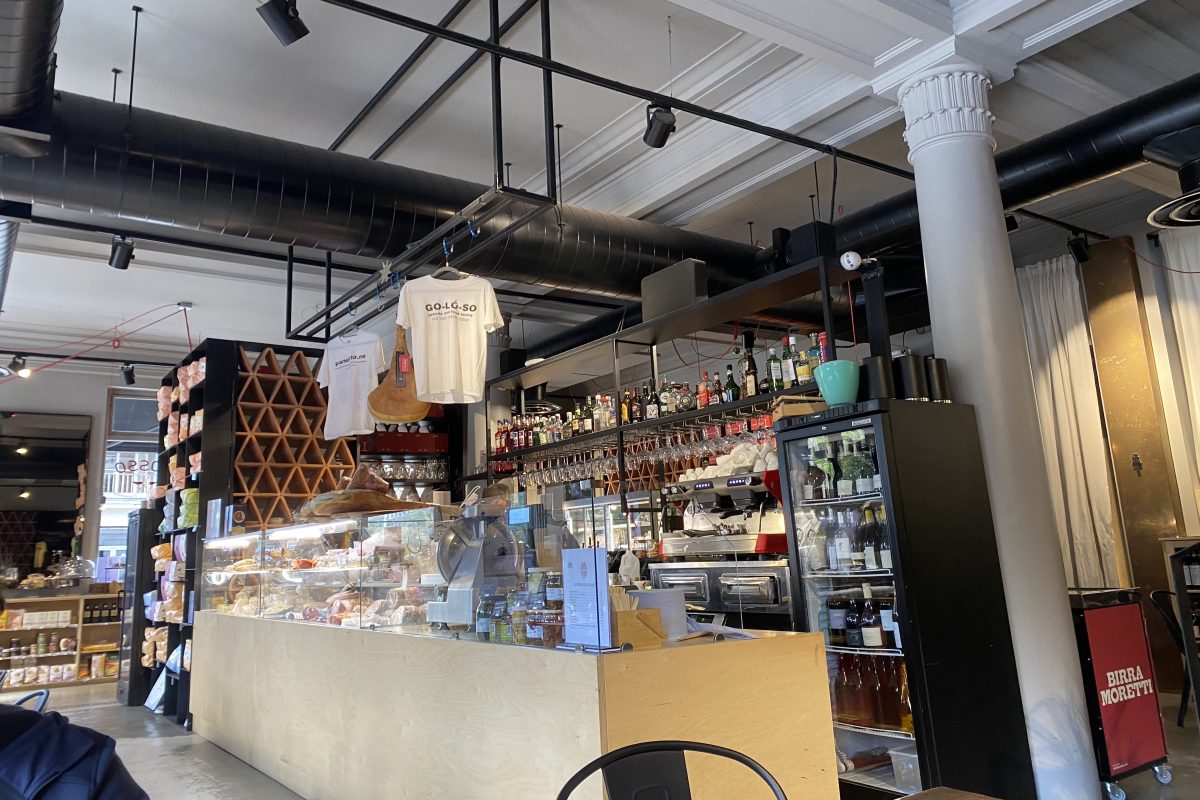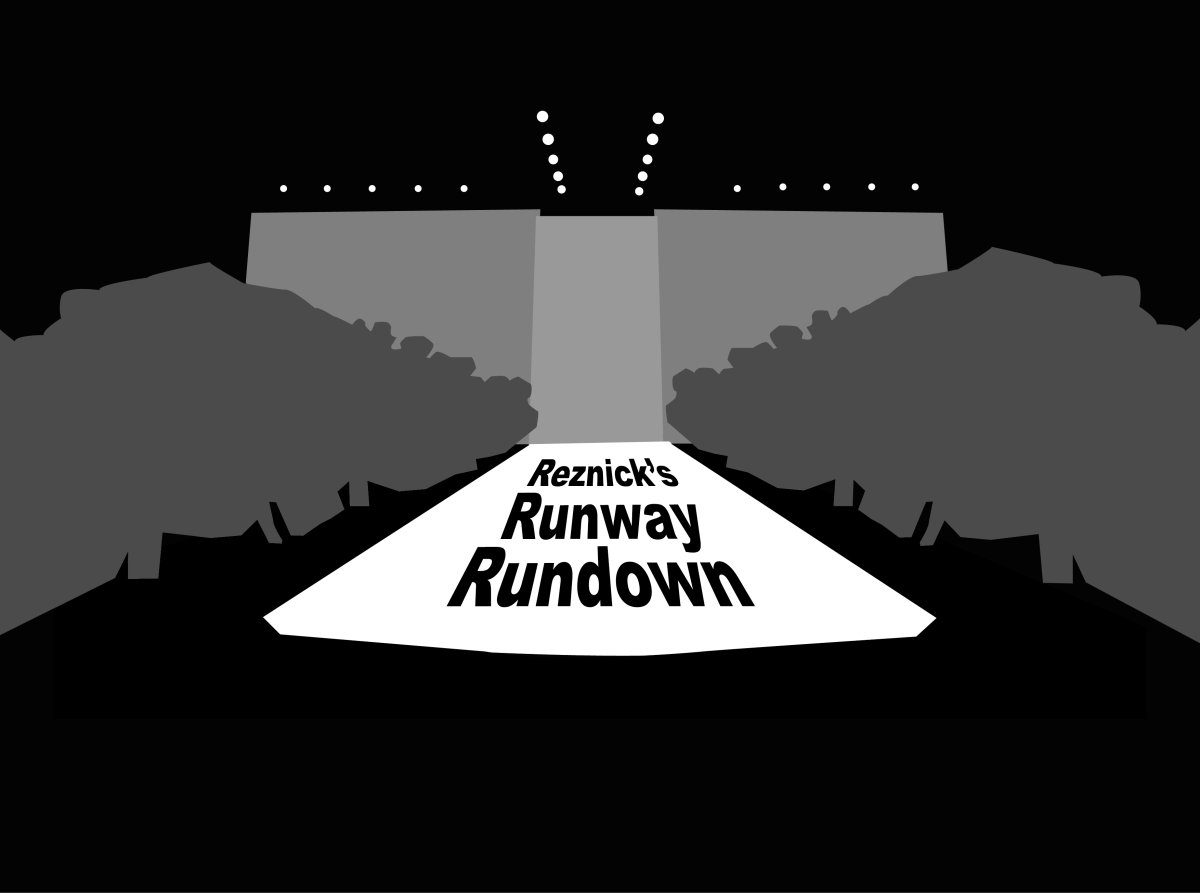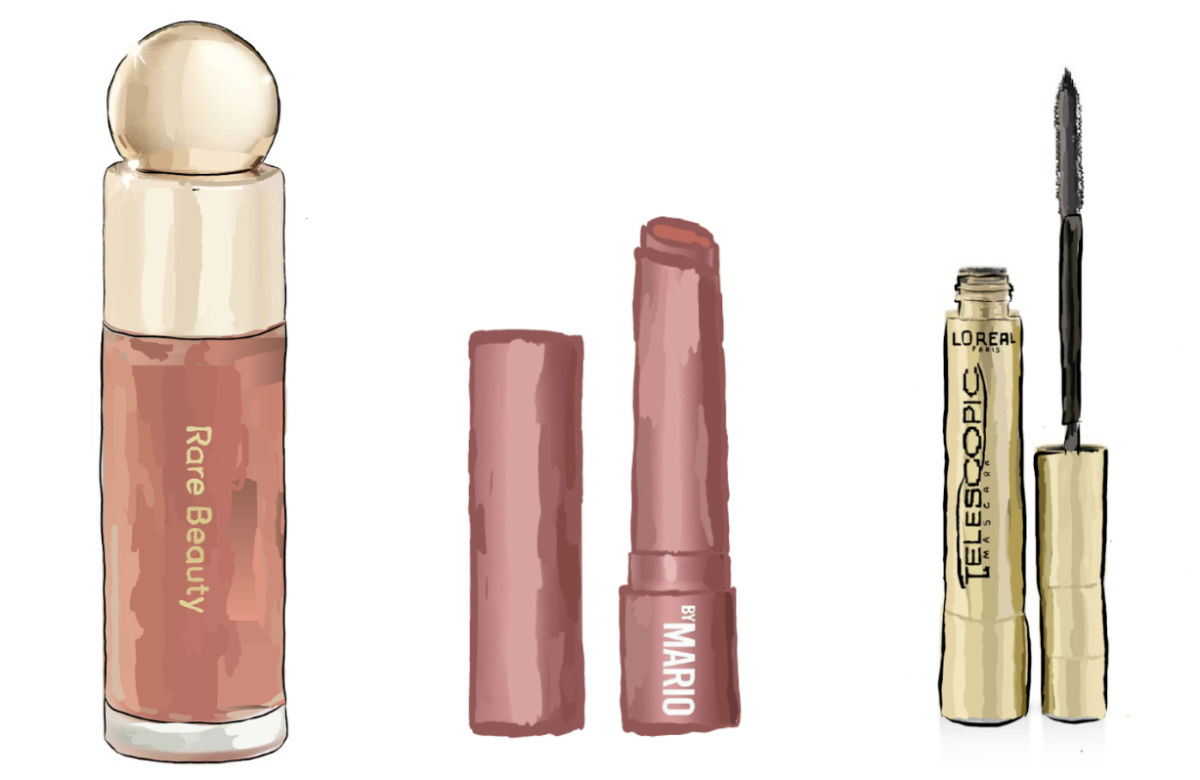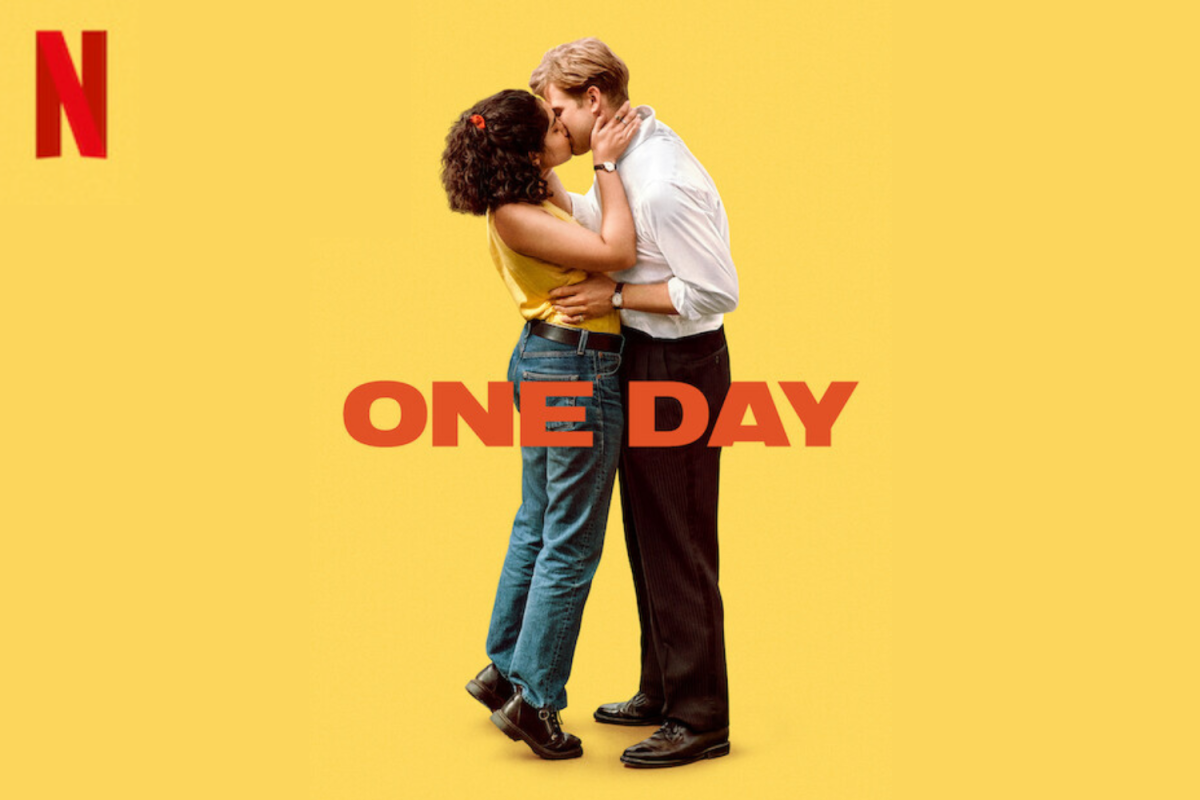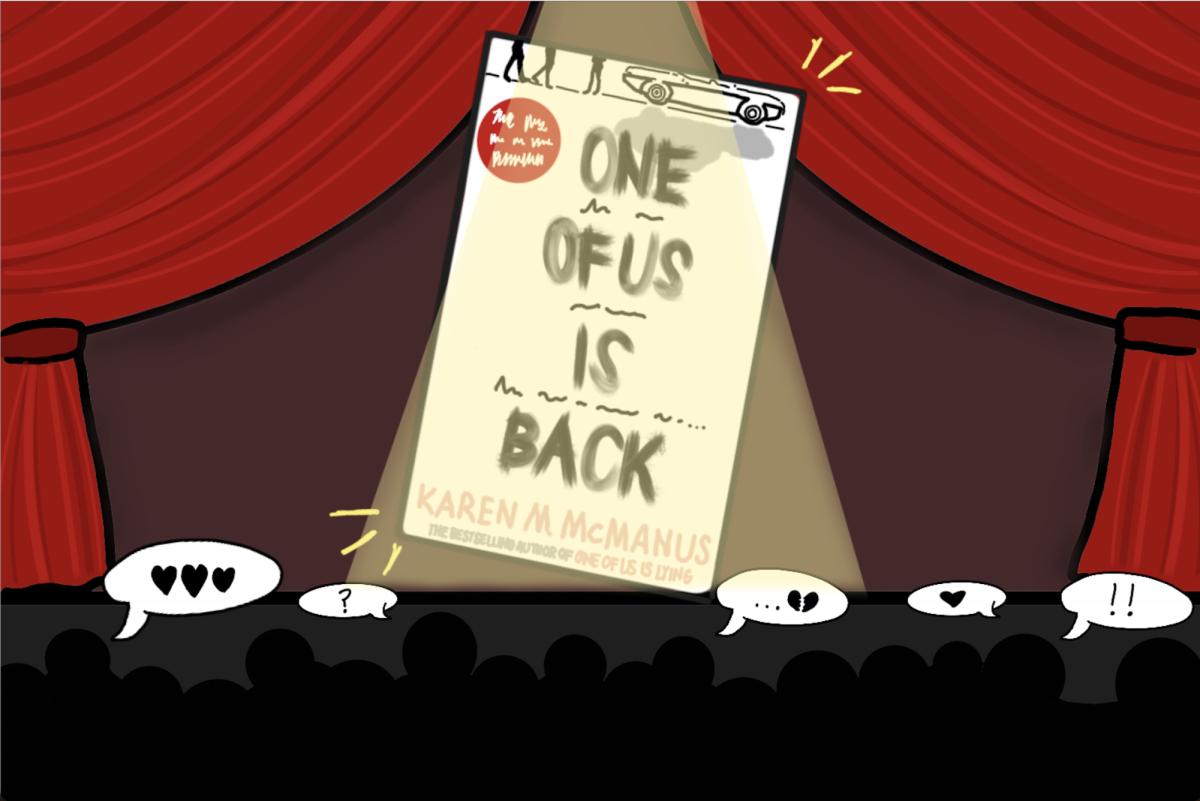Receiving an arts education has come under fire recently by Nicky Morgan, Education Secretary and Minister for Women and Equalities. According to The Independent, Morgan said that “the subjects that keep young people’s options open and unlock the door to all sorts of careers are the STEM subjects (science, technology, engineering and maths).” However, ASL continues to value the arts, spending £32 million on the New Frontiers project, which includes the construction of an arts building.
It is not just the administration that believes in the value of the arts, but also the faculty and student body.
Milo Rechler (’15) had a key role in the fall play and is a member of two school bands. Rechler feels that “the arts is a field not rewarded in the current culture because it is not needed for a society to function.”
However, Rechler believes in the value of the arts. He thinks that the arts allow people “to reflect on our lives using [a] false reality,” like that of a play.
The abstract nature of art, Angie Kukielski (’15) believes, give students a forum “to look at the the world critically.”
Veronica Lim (’15), went on to explain that the arts teach people to “make connections” and then draw a meaning (or lesson) from these connections, whether it has to do with your own life or to something from history class.
One of the clearest times this connection between the real world and art occurred for Lim was when she attended the Anselm Kiefer exhibit at the World Academy of the Arts, after visiting Auschwitz on the Poland alternative trip. Lim was able to “draw the parallels between the emotion…and atmosphere of the work” and her experience. These parallels helped her to understand the power behind Kiefer’s art.
Adding on to this idea of interpreting art and how doing this can help people to improve themselves, Isabelle Preddy (’15) said that people create “a sort of moral of the story from art that can teach them about their own lives.”
While another perk of the arts is that they provide a different lens to look at the world, as Band Director David Papenhagen put it, he said that the main asset of an arts education is that they provide an aesthetic experience to students. “[An aesthetic experience is] when the little hairs on the back of your neck stand up and you go ‘wow’ that is beautiful,” Papenhagen explained.
Kukielski, Preddy and Lim all agree that a focus on the arts allows students to have an avenue to escape from the stress that can come with academics, a sentiment echoed by Art Teacher Dave Pritchard and trumpet player Mia Holtze (’18).
For Holtze, band is the only class provides relief from the pressures of academics. “The band class is a stress-free zone,” she said.
Annie Thompson (’18) agrees with Holtze that arts are relaxing. “I find [the arts] calming because…if you are stressed or upset, you can start drawing or pick up a guitar and forget about what’s bothering you,” she said.
Pritchard not only believes art is an escape from academics, but also pointed out how the arts can give students “the power to express their creativity and imagination.”
Art can provide students with tools that no other study can, Sam Zorek (’15) argued. Although Zorek does not participate in any of the traditional arts, he maintains that “robotics is as creative as painting.” Zorek thinks that the arts build the creative part of the brain, which is what “separates students from machines,” he said. “In the 21st century inside the box thinking can be replaced by machines, but humans are needed for creativity.” By developing the creative part of the brain, through the arts, it gives students tools for later in life. Art students can use their “creative and imaginative skills to solve the world’s problems,” Zorek said.
Simi Prasad (’15), an AP art student and author of the novel Out There, agrees with Zorek that the arts push people to be creative. “The whole point of the arts is to force you to think outside the box,” she said.
Another life skill the arts, specifically band, teach was highlighted by Tristan Burke (’15). Arts teach you that “‘practice makes perfect,’” Burke said. “To get better at something it takes a lot of hard work, especially in the arts.”
Holtze added onto this point of hard work when she said that the arts teach “patience ‘cause you’re not going to get it right away.”
Although ASL does a good job with the arts Prasad believes that the school needs to celebrate artistic accomplishments more often, like sports, and expose students to more of the school’s art program. However, Prasad thinks the entire High School going to see the fall play is a step in the right direction.
One way for more arts exposure might be adding more requirements for arts in the High School as Rechler suggested. This exposure could also be provided through having more creative spotlights like Preddy wants.
Providing a wider variety of arts classes, like Burke hopes the school would, is yet another way to expand student exposure to the arts. With the expansion of the art facilities as part of the New Frontiers campaign, it looks like Burke’s wish is coming true.
Pritchard believes the new building will help to expand the arts program at ASL. One of the ways he believes the construction will help is providing more gallery space, not just for art pieces, but also for 3D design and architecture pieces. “The potential is huge,” Pritchard said.
lillie_atkins@asl.org

